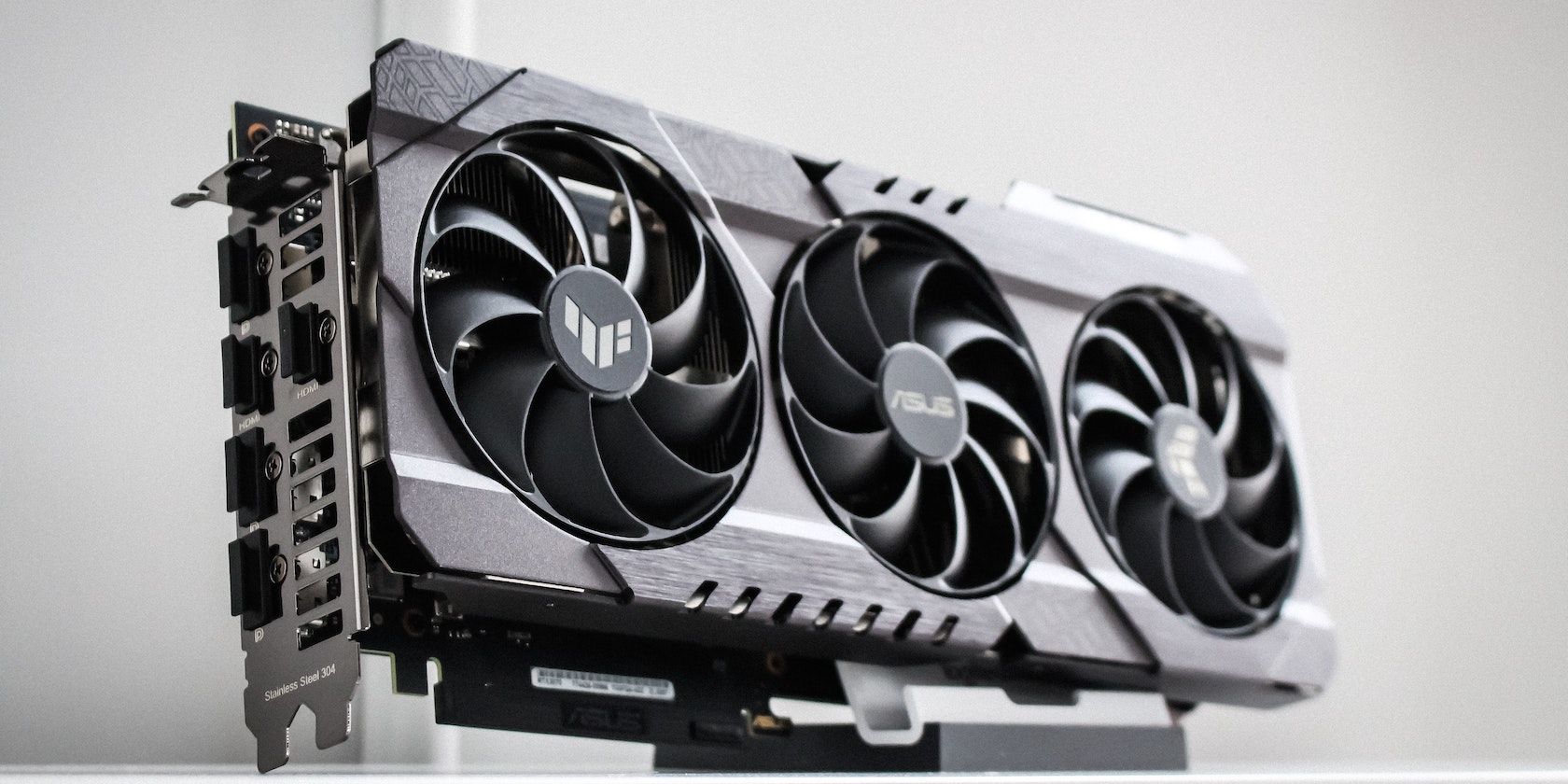GRAPHIC CARD
What is a graphics card?
A graphics card (also known as a GPU, or Graphics Processing Unit) is the component responsible for processing and rendering images, videos, and animations on a computer.
It takes the data from the CPU and transforms it into visual information that can be displayed on a monitor.
In simpler terms, it’s what allows you to see everything that appears on your screen — from your desktop background to complex 3D games.
Without a graphics card (or an integrated GPU), a computer would not be able to display images properly.
Types of graphics cards
1. Integrated graphics card
-
Built directly into the CPU or motherboard.
-
Shares the computer’s RAM instead of having its own memory.
-
Common in laptops and office PCs that don’t need high graphical power.
Built directly into the CPU or motherboard.
Shares the computer’s RAM instead of having its own memory.
Common in laptops and office PCs that don’t need high graphical power.
Advantages: cheaper, consumes less power, produces less heat.
Disadvantages: lower performance, not suitable for gaming or heavy 3D tasks.
2. Dedicated graphics card
-
A separate component installed in the PCIe slot of the motherboard.
-
Has its own video memory (VRAM), allowing much better performance.
-
Used for gaming, video editing, 3D design, and artificial intelligence.
A separate component installed in the PCIe slot of the motherboard.
Has its own video memory (VRAM), allowing much better performance.
Used for gaming, video editing, 3D design, and artificial intelligence.
Advantages: high performance, better image quality, faster rendering.
Disadvantages: higher cost, consumes more energy, generates more heat.
Main components of a graphics card
-
GPU (Graphics Processing Unit): the core that performs all the visual calculations.
-
VRAM (Video RAM): memory dedicated to storing textures, frames, and visual data.
-
Cooling system: usually includes fans or liquid cooling to prevent overheating.
-
Ports: HDMI, DisplayPort, or DVI to connect monitors.
-
Power connectors: used to supply additional electricity from the power supply.
GPU (Graphics Processing Unit): the core that performs all the visual calculations.
VRAM (Video RAM): memory dedicated to storing textures, frames, and visual data.
Cooling system: usually includes fans or liquid cooling to prevent overheating.
Ports: HDMI, DisplayPort, or DVI to connect monitors.
Power connectors: used to supply additional electricity from the power supply.
What is it used for?
-
Gaming: renders 3D graphics in real time with high detail and frame rates.
-
Video editing and design: accelerates rendering and playback of high-resolution content.
-
Artificial intelligence and data processing: modern GPUs can perform parallel computations very efficiently.
-
Virtual reality and 3D modeling: essential for immersive environments and professional applications.
-
General performance improvement: in some systems, the GPU helps speed up non-graphic tasks.
Gaming: renders 3D graphics in real time with high detail and frame rates.
Video editing and design: accelerates rendering and playback of high-resolution content.
Artificial intelligence and data processing: modern GPUs can perform parallel computations very efficiently.
Virtual reality and 3D modeling: essential for immersive environments and professional applications.
General performance improvement: in some systems, the GPU helps speed up non-graphic tasks.


No comments:
Post a Comment